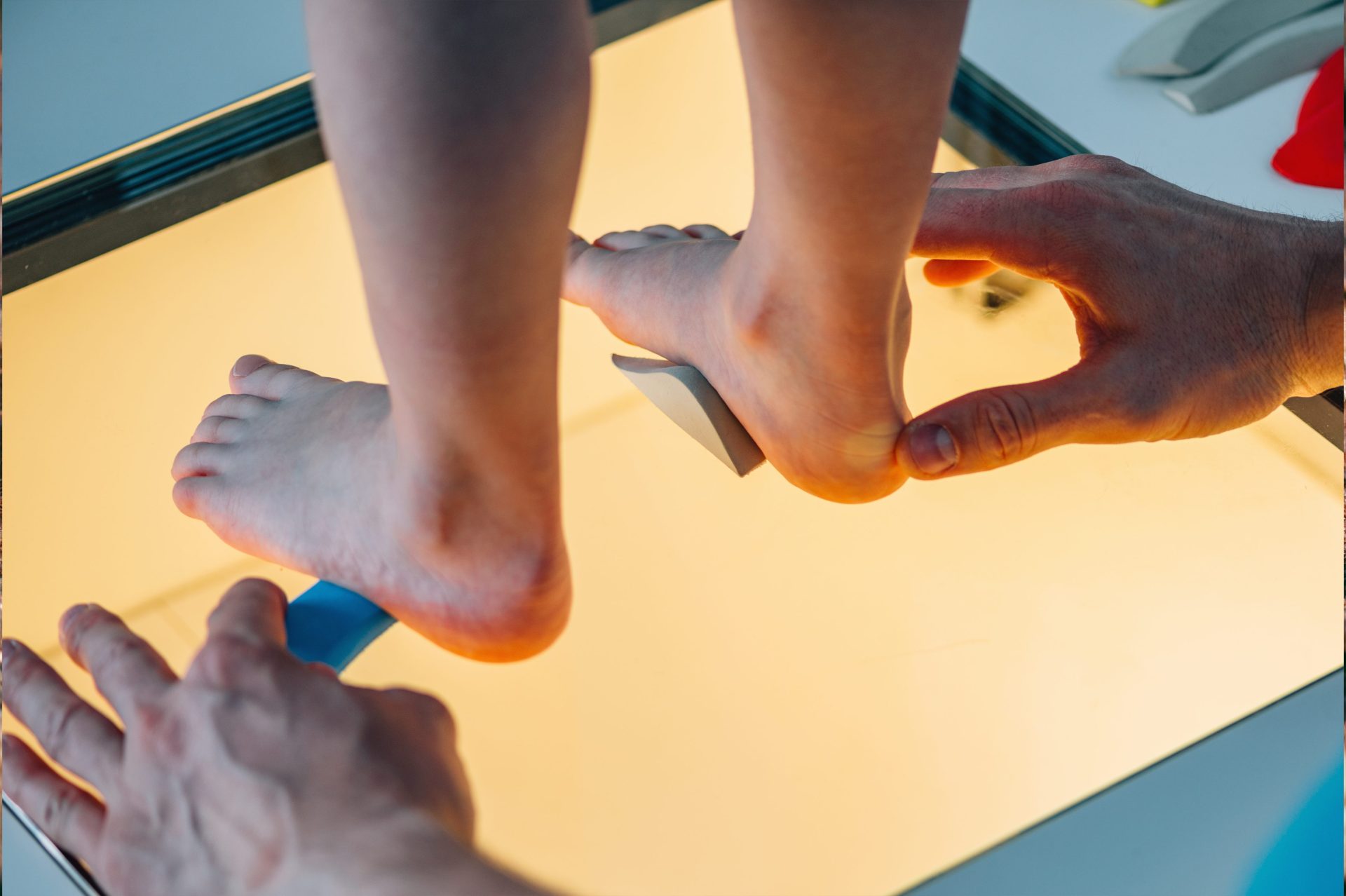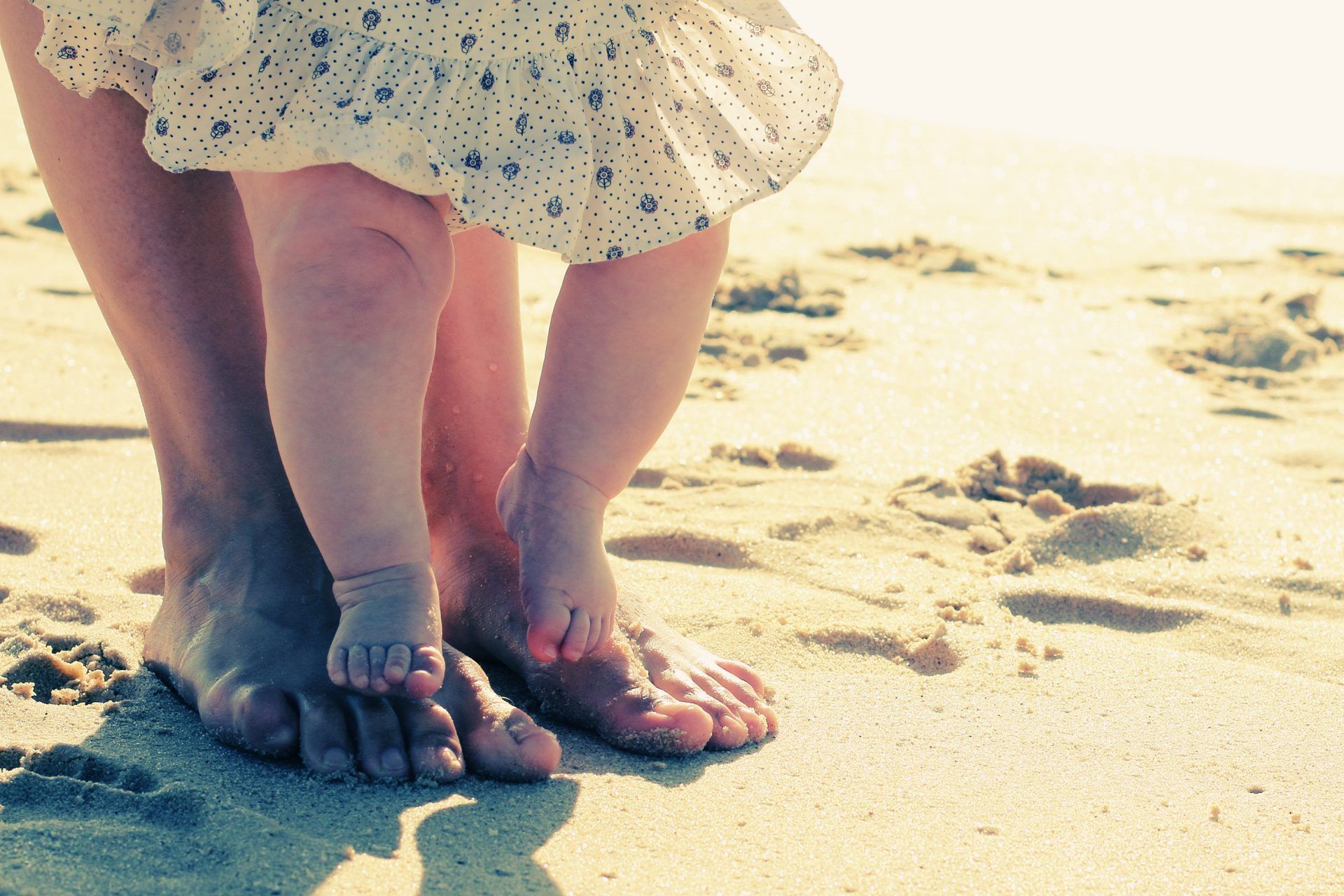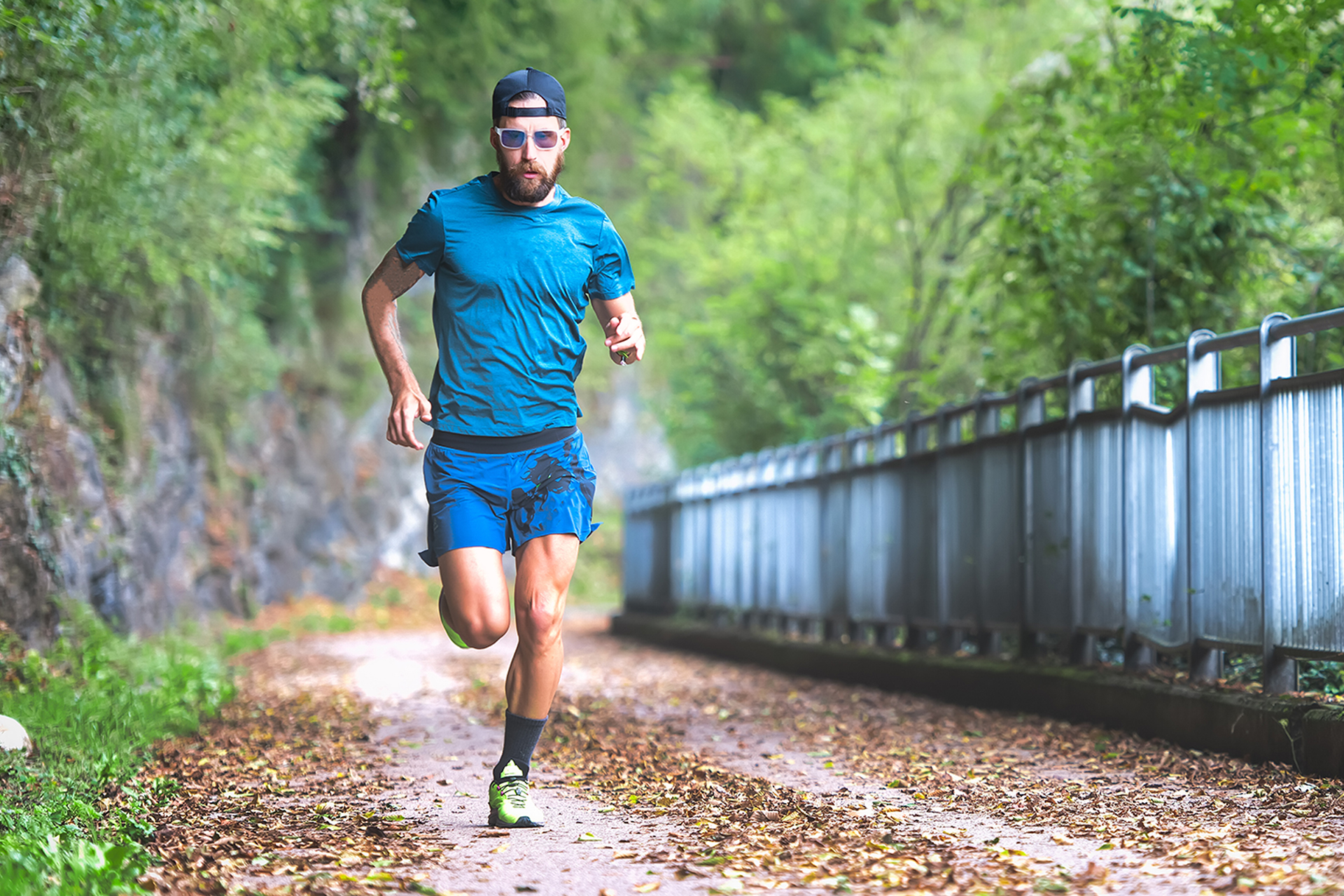Considering different treatment options for your child’s feet at an early age is of utmost importance.
Movements like Parents for Barefoot Children, the Barefoot Alliance, and the Society for Barefoot Living are all pressuring children to go barefoot as much as possible. Theirs might be a minority viewpoint, but they aren’t crazy. Decades of research have shown that wearing shoes dramatically affects gait, and the feet of people who rarely wear shoes look strikingly different from those who wear them daily.

Medical research on children is harder than adults because of the ethical concerns – an adult can decide whether to take part in a medical trial. Still, you can’t ask a 5-year-old child to do something which you think will damage their development. Therefore, we must look at research into barefoot walking in adults and use that to make informed guesses about how it affects children.
Adults usually have straighter and narrower feet at the toe. Still, adults who habitually go barefoot (for example, in rural India) retain the same wedge-shaped feet that children have. This suggests that children’s feet grow to match the shape of their shoes.
The foot contains more cartilage than bone in babies and young children, so even a well-fitting shoe alters the gait and limits movement. It becomes a vicious cycle: children’s shoes are usually made as scaled-down copies of adult shoes, so each generation’s feet are restricted in the same way as their parents’.

Paediatric Injuries and Conditions
Most shoes have a narrow toe box (the space at the end), stopping your toes from spreading naturally when you step. In many shoes, the front and back are slightly raised, pushing the toes and heel up above the foot ball and leading to tendon contraction. Thick or rigid soles make a child walk in a ‘stompy’ way because their foot can’t flex naturally. In young toddlers still learning to walk, stiff soles make them tip forward with each step.
Going barefoot may reduce the risk of falls, especially at that “oops-a-daisy” age when toddlers are just learning to walk. Because toddlers get more feedback from the ground when they go barefoot, they don’t have to look down to know where they’re going and can keep their heads up to help their balance.
Even socks or slippers aren’t ideal. Socks don’t grip the floor, so children slither around rather than moving normally. Slippers don’t grip the foot, so children have to ‘hang on’ with their toes and can face permanent deformities if they wear them all the time. There’s some evidence that pram shoes or ‘crawlers’ (shoes for babies too young to walk) may delay the age at which children learn to walk because it’s so much harder for them to get their balance.
But if you live in a city, it isn’t safe to let your children walk around barefoot all the time. You can risk abnormal development by forcing your kids into shoes, or you can let them go without and hope they don’t step on any broken glass – what a choice! (Because sweaty insoles are such a breeding ground for bacteria, wounds received while wearing shoes are much more likely to get infected – but that fact won’t comfort a child who’s howling with pain after stepping on a rusty nail.)

The best compromise is to make children go barefoot around the house and encourage them to take off their shoes outdoors when it’s safe to do so (for example, in clean, grassy areas). And if your child has flat feet, read our article on when parents should be concerned.
Some manufacturers produce ‘barefoot-style’ shoes for children, which are thin, flexible, and breathtakingly expensive. If you can’t afford fancy ergonomic shoes, a decent compromise is to buy cheap pairs in different styles and get your kids to alternate which shoes they wear – sandals one day, trainers the next.

If you are concerned for your child’s foot health and want to learn about interventions and prevention of future injuries, learn more about our Pediatric Podiatry services.






